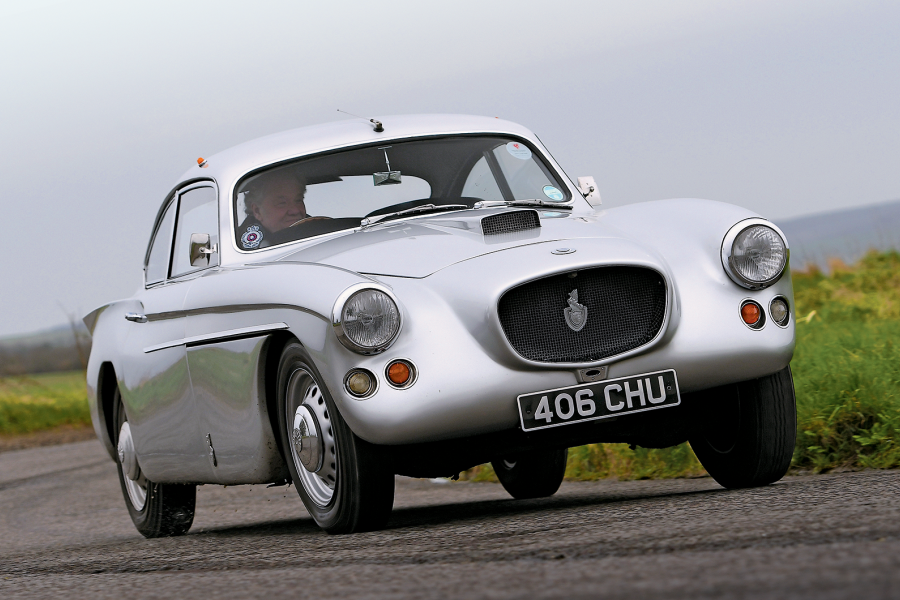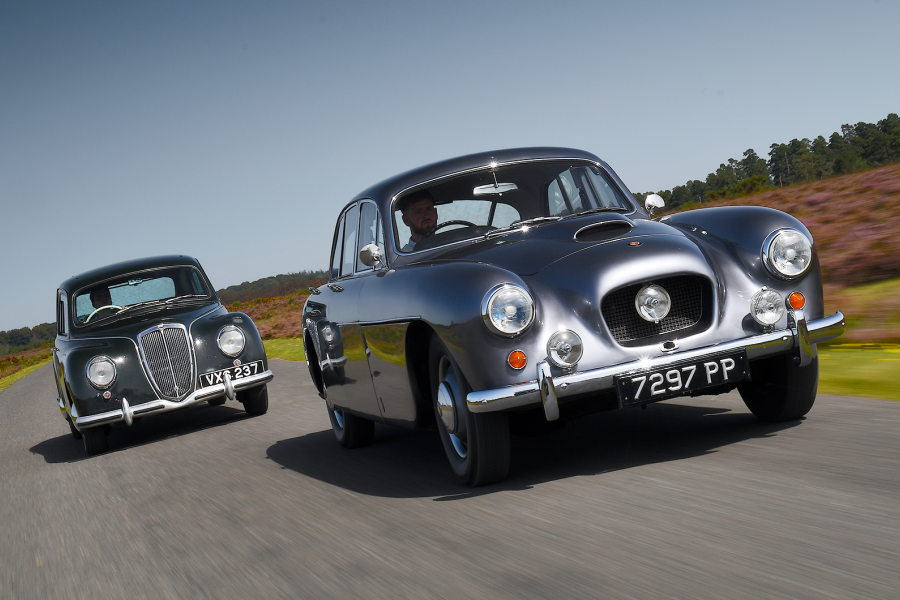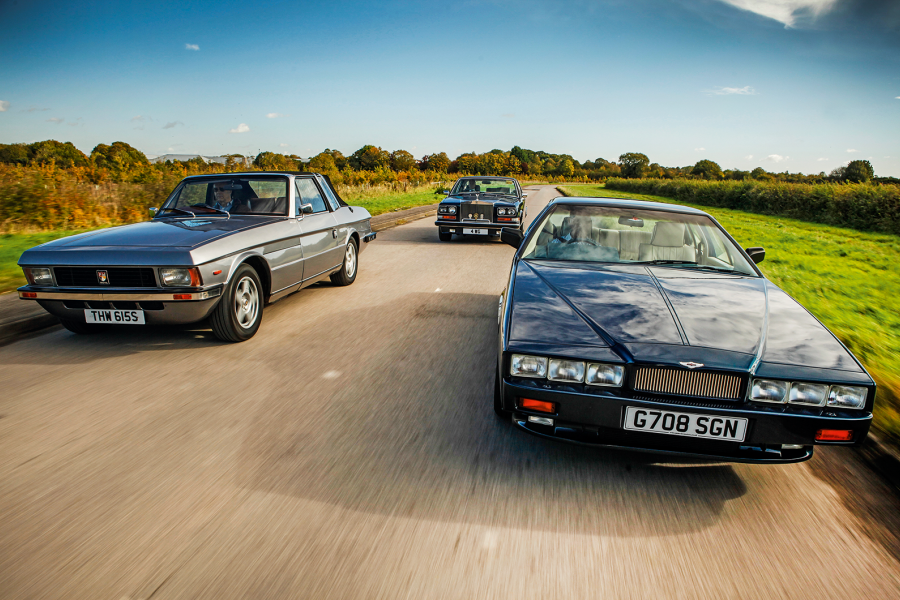The Verdon Smith car is more refined and flexible, and in any case driven with such relish and gusto by its owner that it is hardly any slower on the road.
The 400s have a compact and together feel that slightly escapes some of their later brethren, as the Bristol marque sought to offer more space and comfort.
It’s odd to consider that the BMWs on which they were modelled were already a good eight years out of production in 1948, yet it is hard to think of a car of the era with a more roadable combination of light, accurate steering and agile roadholding combined with such a comfortable and level ride.
As a means of cross-Britain transport in a country still more than a decade away from its first motorway, I doubt there was anything more effective than a Bristol 400 in the late 1940s and early ’50s.
You can get along in them pretty well now, not just as a passenger but also as an organic element of the drivetrain, co-ordinating hands, feet, eyes and ears in an unapologetically mechanical, unassisted vehicle that goads you to urge it on.
It is a process that is never a chore but in many ways a kind of relaxation, because all the controls are such a tactile delight.
These are not remotely quick cars by any modern measure, yet somehow the sweetness of the gearchange is a lovely match to the well-oiled, mechanical efficiency of the steering and the urgent, responsive feel of that lusty and willing engine. Within a few minutes of taking the wheel, you are totally engaged.
If that’s not the mark of a great car, then I don’t know what is.
Images: James Mann
Thanks to Richard Hackett of SLJ Hacket
Factfile
Bristol 400
- Sold/number built 1947-’50/474
- Construction steel and aluminium panels over wood frame, steel box-section chassis
- Engine iron-block, alloy-head, cross-pushrod 1971cc straight-six, triple SU carburettors
- Max power 80bhp @ 4200rpm
- Max torque 106Ib ft @ 3500rpm
- Transmission four-speed manual, crash first with freewheel, RWD
- Suspension: front independent, by transverse leaf springs and wishbones rear live axle, torsion bars; lever-arm dampers f/r
- Steering rack and pinion
- Brakes drums
- Length 15ft 3in (4648mm)
- Width 5ft 4in (1625mm)
- Height 4ft 11in (1498mm)
- Wheelbase 9ft 6in (2895mm)
- Weight 2464Ib (1117kg)
- 0-60mph 19.7 secs
- Top speed 91mph
- Mpg 26
- Price new £2374
- Price now £25-66,000
READ MORE
Midlands derby: Jensen 541R vs Jaguar XK150
Like father, like son: meet one man’s amazing Amazon tribute
Lamborghini Espada: ideal for a school run?
Martin Buckley
Senior Contributor, Classic & Sports Car




















